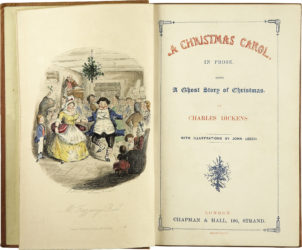Technology is catching up to the sophistication of the human ear when it comes to accurate transcribing.
Artificial intelligence-driven transcription and voice-to-text solutions have improved 80 percent in accuracy over the past decade, IT News Africa reported. Although human-driven transcription solutions are still a little further ahead, technology is not far behind.
 Microsoft reported that its transcription abilities had a reduced error rate of 12 percent from 2016 to 2017, which meant its automated transcriptions were 94.9 percent accurate.
Microsoft reported that its transcription abilities had a reduced error rate of 12 percent from 2016 to 2017, which meant its automated transcriptions were 94.9 percent accurate.
Voice recognition software turns talk into text, but it occasionally runs into issues. The biggest advantage a human transcriber has over artificial intelligence is that a human knows what to keep and what to factor out.
Humans are better at disregarding background noise. Humans also are better at understanding different cultural contexts and identifying different accents than machines.
IT News Africa cited a 2018 study that found Amazon Alexa and Google Assistant had difficulty “understanding” accents even when the speakers spoke fluent English. Accuracy dropped by 2.6 percent when speakers had a Chinese accent and by as much as 4.2 percent for Spanish accents.
AI-driven services also have difficulty understanding interlocked speech and colloquial and slang terms, while humans are able to achieve accuracy rates of between 99 percent and 100 percent.
“We cannot doubt the fact that the advancements AI has made in the transcription sphere in recent years is phenomenal,” said Peter Trebek, the CEO of GoTranscript. “However, with error rates over 5 percent, there are still some considerable improvements to be made.”
Programmers need to work closely with language experts to clear up the problems.
CourtScribes uses professional-level recording systems to bring the most sophisticated digital technology into the courtroom to produce the highest-quality transcripts.
Electronic recording equipment is overseen by an experienced reporter who simultaneously takes notes that are time-linked to the corresponding recording, so people involved with the case can instantly find the point in the record where they want to re-listen.

 The Library of Congress is looking for volunteers to volunteers to transcribe writings left behind by some of the greatest names in history, including
The Library of Congress is looking for volunteers to volunteers to transcribe writings left behind by some of the greatest names in history, including  Emilie Posnan, who has been a Montgomery County Court stenographer for 13 years, got a role on a Showtime drama, “Escape At Dannemora,” about a 2015 prison break in upstate New York.
Emilie Posnan, who has been a Montgomery County Court stenographer for 13 years, got a role on a Showtime drama, “Escape At Dannemora,” about a 2015 prison break in upstate New York.
 None other than Charles Dickens, author of A Christmas Carol, Oliver Twist and Great Expectations, among other classic books, worked as a law clerk, and his tasks included delivering documents and running errands.
None other than Charles Dickens, author of A Christmas Carol, Oliver Twist and Great Expectations, among other classic books, worked as a law clerk, and his tasks included delivering documents and running errands. 